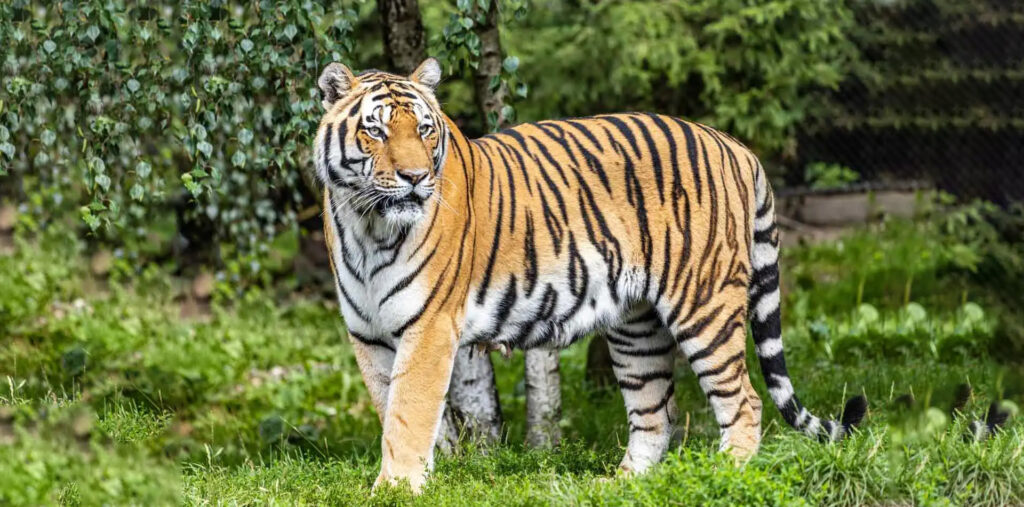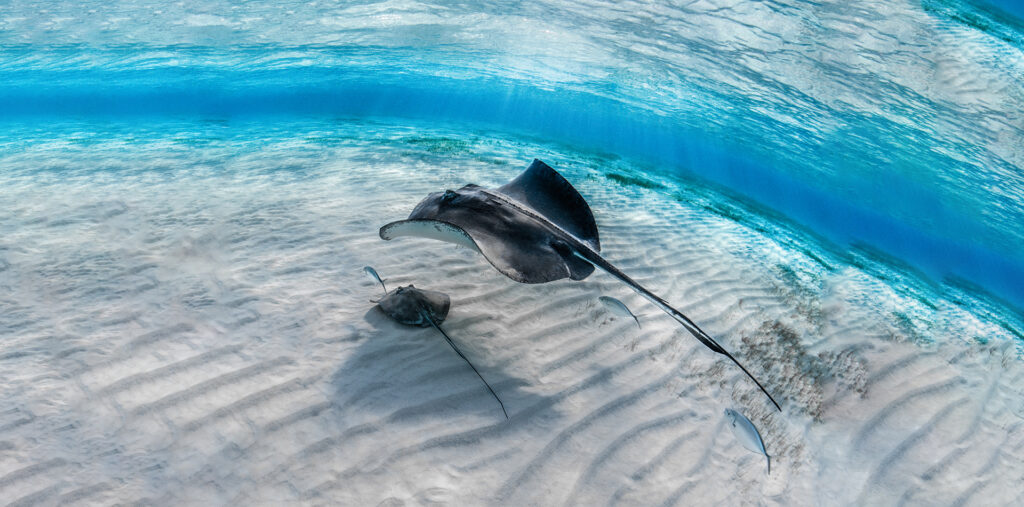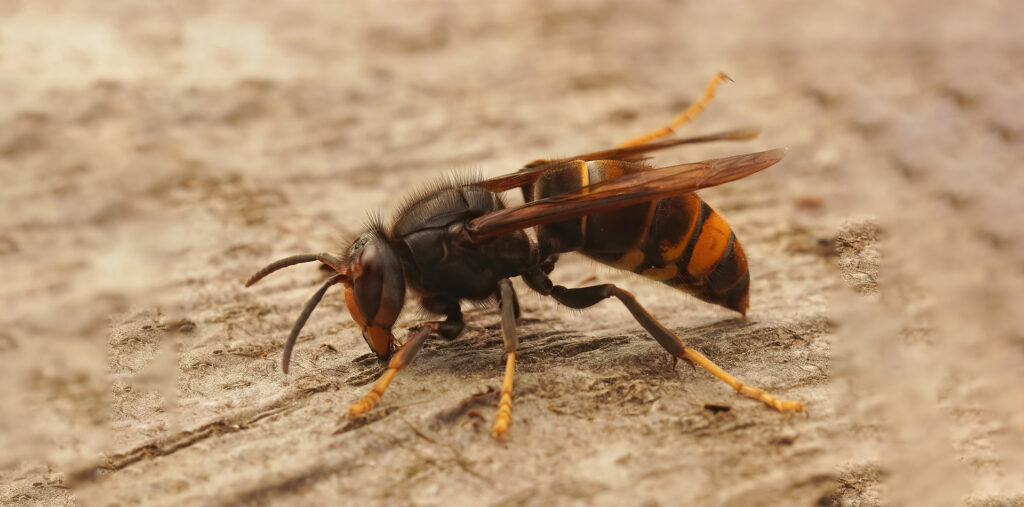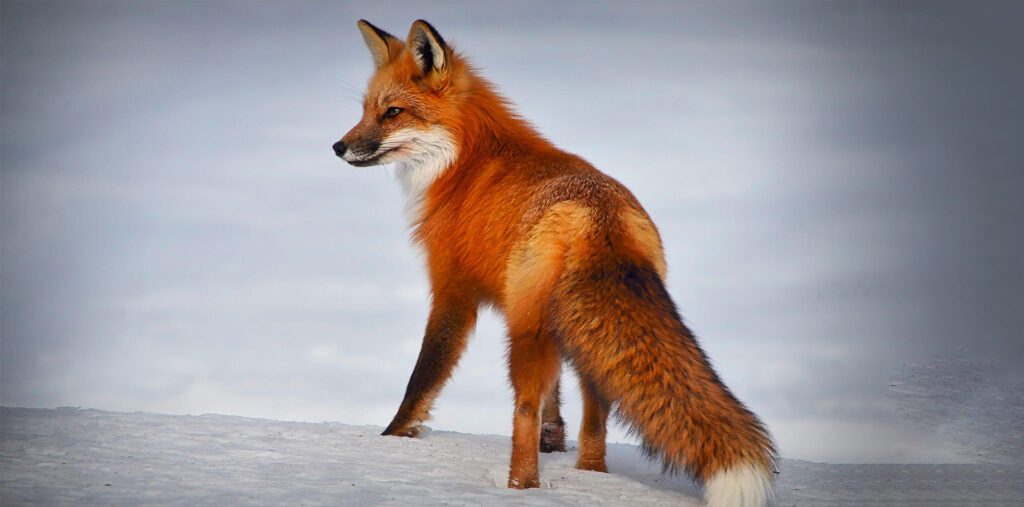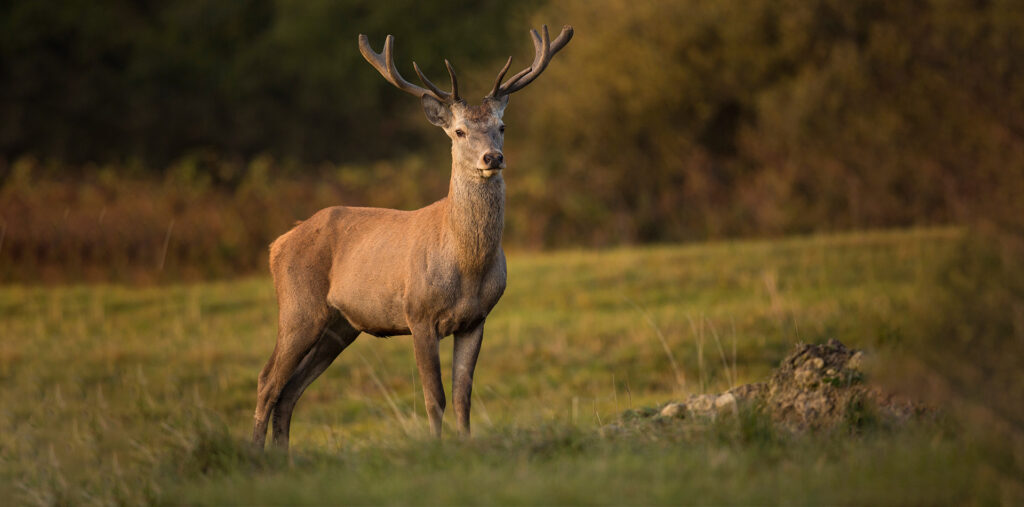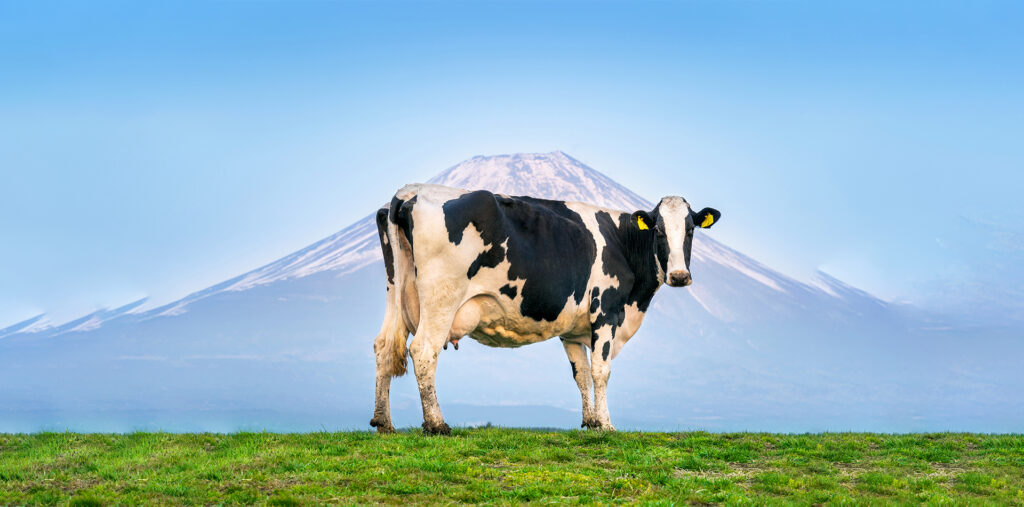Meet with Nile Crocodile
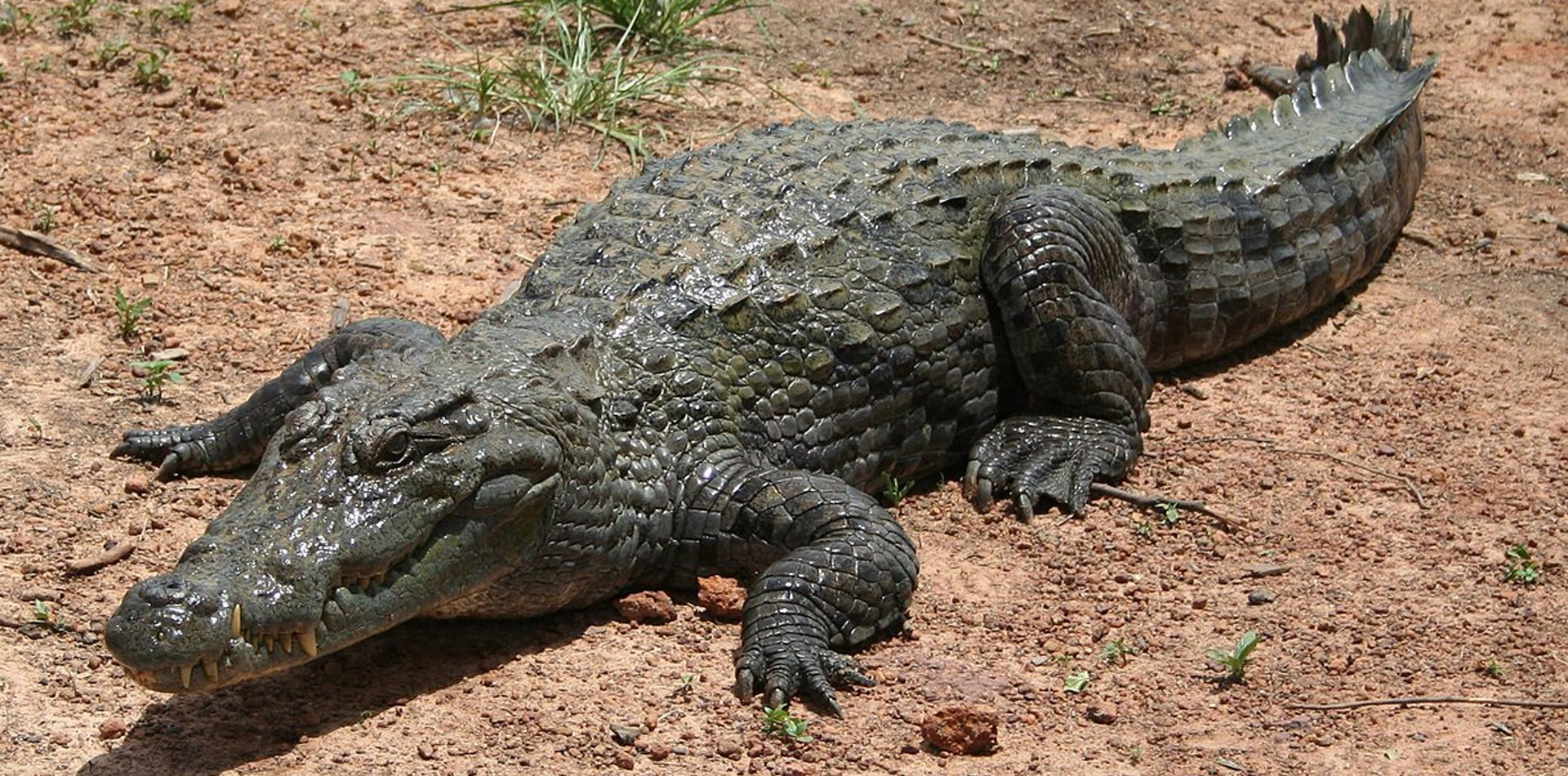
Welcome to our in-depth exploration of the Nile crocodile! As one of the largest and most formidable reptiles on the planet, the Nile crocodile commands both fear and fascination. In this “Nile Crocodile: Exploring the Mighty Predator of African Waters” blog post, we’ll dive into the world of these ancient predators, from their biology and behavior to their ecological significance and conservation status.
Meet the Nile Crocodile:
The Nile crocodile (Crocodylus niloticus) is a species of crocodilian native to sub-Saharan Africa, where it inhabits a wide range of aquatic habitats, including rivers, lakes, swamps, and estuaries. These formidable predators are characterized by their armored bodies, powerful jaws, and streamlined tails, which make them highly efficient hunters both in and out of the water. Nile crocodiles are capable of reaching lengths of up to 20 feet and weights of over 1,000 kilograms, making them one of the largest crocodilian species in the world.
Behavior and Hunting Strategies:
Nile crocodiles are apex predators, meaning they occupy the top of the food chain in their ecosystems. They are ambush predators, patiently waiting for unsuspecting prey to come within striking distance before launching a lightning-fast attack. Nile crocodiles have a diverse diet that includes fish, amphibians, birds, mammals, and even other reptiles. They are also known to scavenge on carrion and will readily consume any available food source.
Reproduction and Life Cycle:
Nile crocodiles are highly territorial during the breeding season, with dominant males competing fiercely for access to females and breeding territories. After mating, females lay their eggs in shallow nests dug into sandy riverbanks or mud banks, where they are incubated for approximately three months. Once hatched, Nile crocodile hatchlings are vulnerable to predation by birds, mammals, and other crocodiles, with only a small percentage surviving to adulthood.
Ecological Significance and Conservation:
Nile crocodiles play a crucial role in maintaining the health and balance of aquatic ecosystems. As apex predators, they help regulate prey populations and prevent overgrazing of vegetation, thereby promoting habitat diversity and ecosystem resilience. However, Nile crocodiles face numerous threats to their survival, including habitat loss, pollution, human-wildlife conflict, and illegal hunting for their skins and meat. Conservation efforts aimed at protecting critical habitats, regulating hunting practices, and mitigating human-crocodile conflicts are essential for ensuring the long-term survival of these iconic reptiles.
Nile crocodiles are awe-inspiring creatures that have inhabited the rivers and waterways of Africa for millions of years. By learning more about their biology, behavior, and ecological significance, we can gain a deeper appreciation for these ancient predators and the vital role they play in maintaining healthy aquatic ecosystems. Whether encountered in the wild or admired from a safe distance, Nile crocodiles remind us of the incredible diversity and beauty of the natural world and the importance of preserving it for future generations to enjoy.
